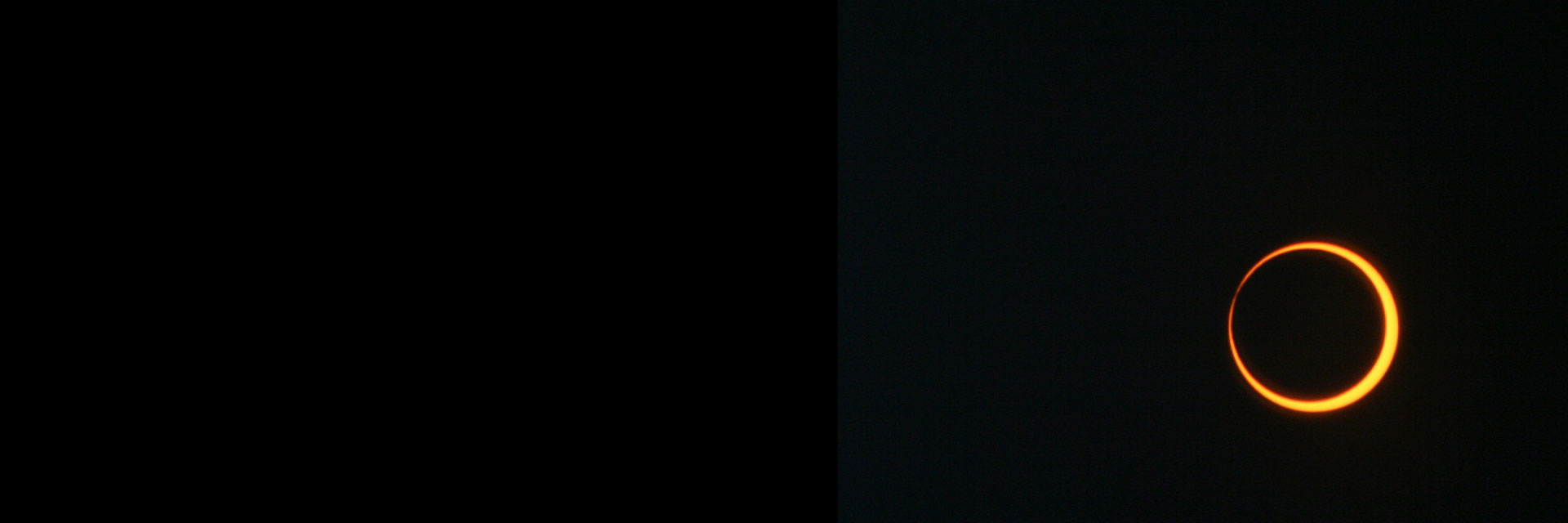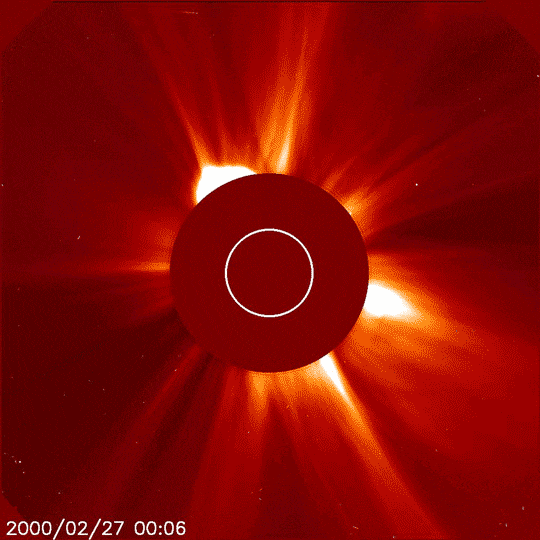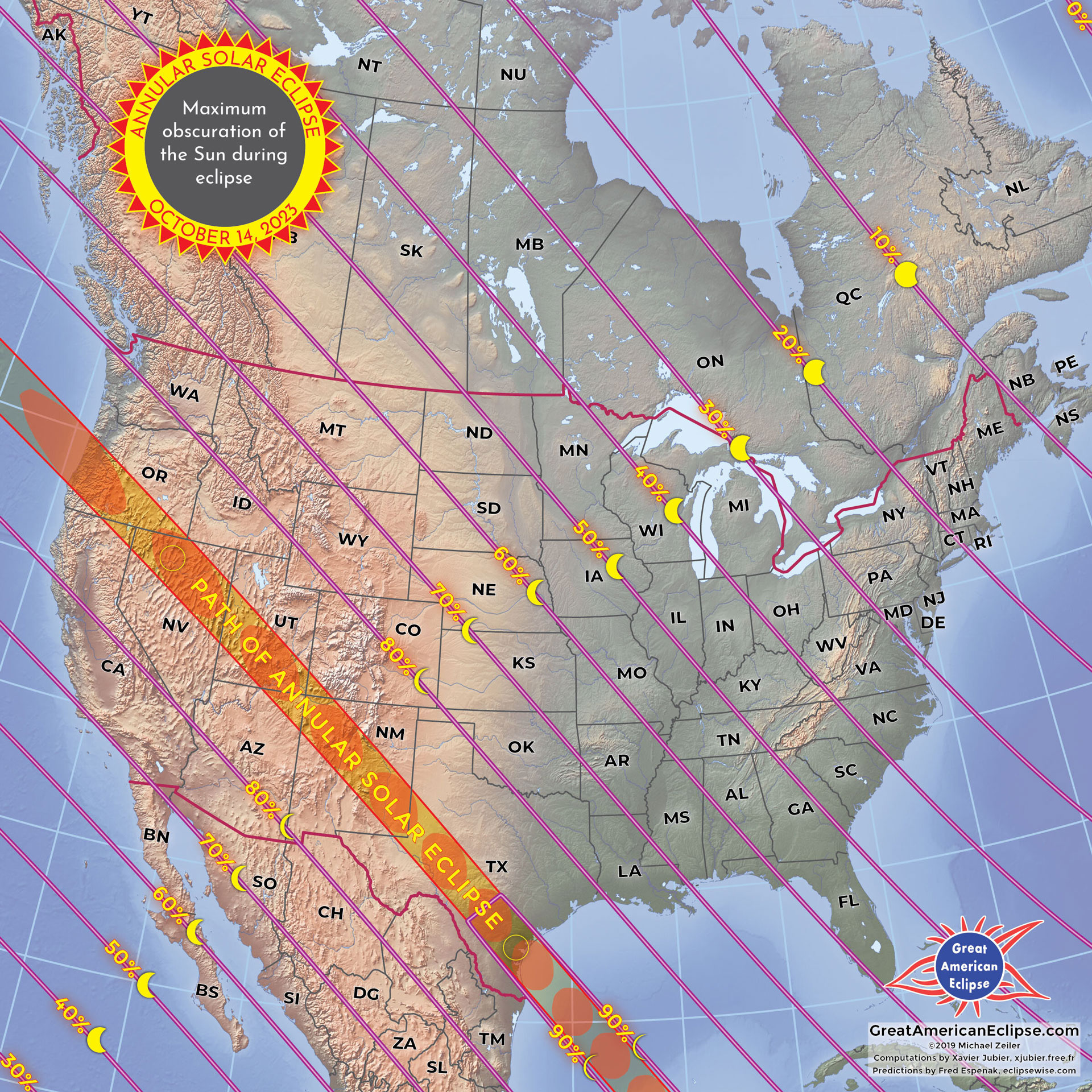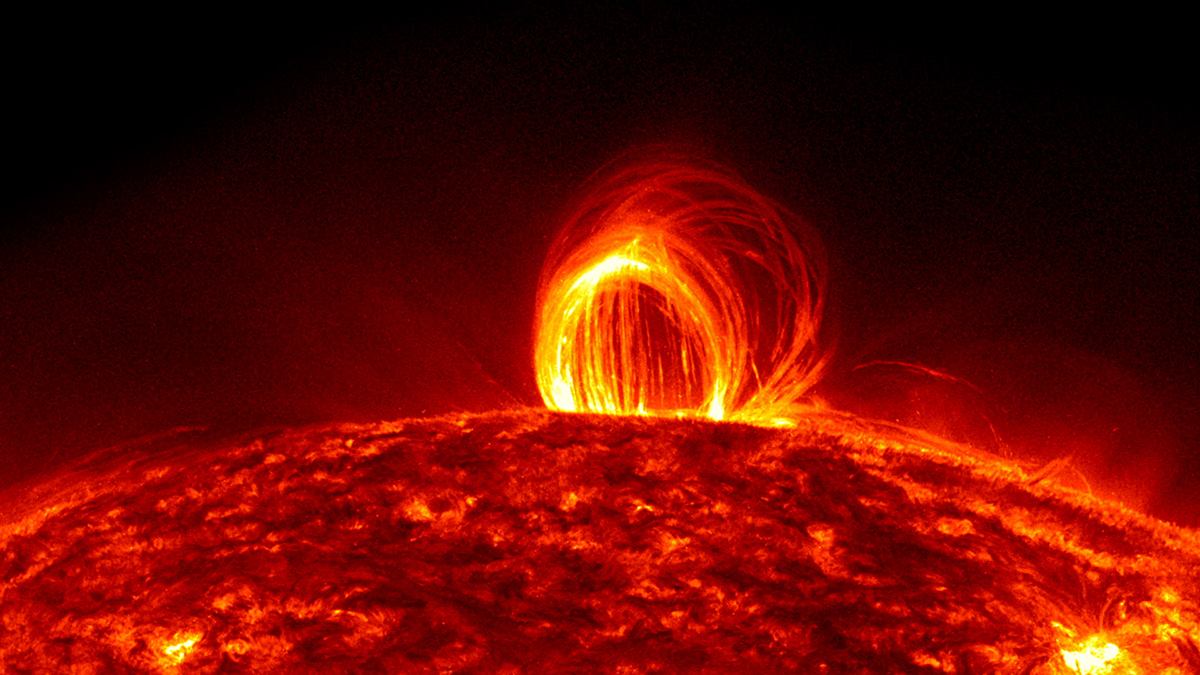NASA is excited for the annular solar eclipse on Oct. 14, 2023. Eclipses occur on Earth when the Sun, the Moon, and Earth line up, either fully or partially, providing exciting celestial events. During an annular solar eclipse, the Sun appears as a “ring of fire” in the sky. This annular solar eclipse will be visible in eight states, and a partial solar eclipse will be visible in all 49 continental states, including Alaska.
NASA is prioritizing safety, broadening participation, science, public engagement, science activation, and citizen science for this eclipse.
Observing our star, the Sun, can be safe and inspirational. Always wear eclipse glasses or use a solar filter when looking at an uneclipsed, partially eclipsed, or annularly eclipsed Sun, such as during the annular solar eclipse in October 2023. You can also use an alternative viewing method, such as a pinhole projector.
While the annular solar eclipse is an exciting opportunity to see the Sun in a unique way, you can safely view the Sun any day, even when there isn’t an eclipse, as long as you use specialized eye protection, such as eclipse glasses, a solar viewer, or a telescope with a solar filter. Also, NASA’s citizen science projects provide opportunities to study our Sun at any time.
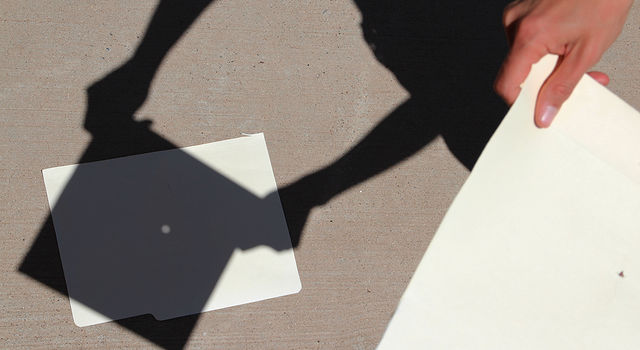
Exploring our Sun and its interactions with Earth is possible through innovative NASA missions. Advances in technology are allowing us to send spacecraft closer to the Sun than ever before, and even study the corona from within it. The corona is the Sun’s outer atmosphere. Particles and material ejected by the Sun pass through the corona and are accelerated into the solar system, interacting with Earth and the other planets to create space weather. Eclipses can also help us advance science beyond our solar system: Eclipses in other planetary systems help us find exoplanets around other stars.
Eclipses are a unique opportunity to participate in a celestial event, and experiencing an eclipse is one way everyone can participate in NASA Science. You can work together with NASA to make discoveries possible before, during, and after an eclipse and you do not have to be in the eclipse path to participate.
The annular solar eclipse in 2023 is part of NASA's Heliophysics Big Year. The Heliophysics Big Year is a global celebration of solar science and the Sun’s influence on Earth and the entire solar system. Learn more here.

